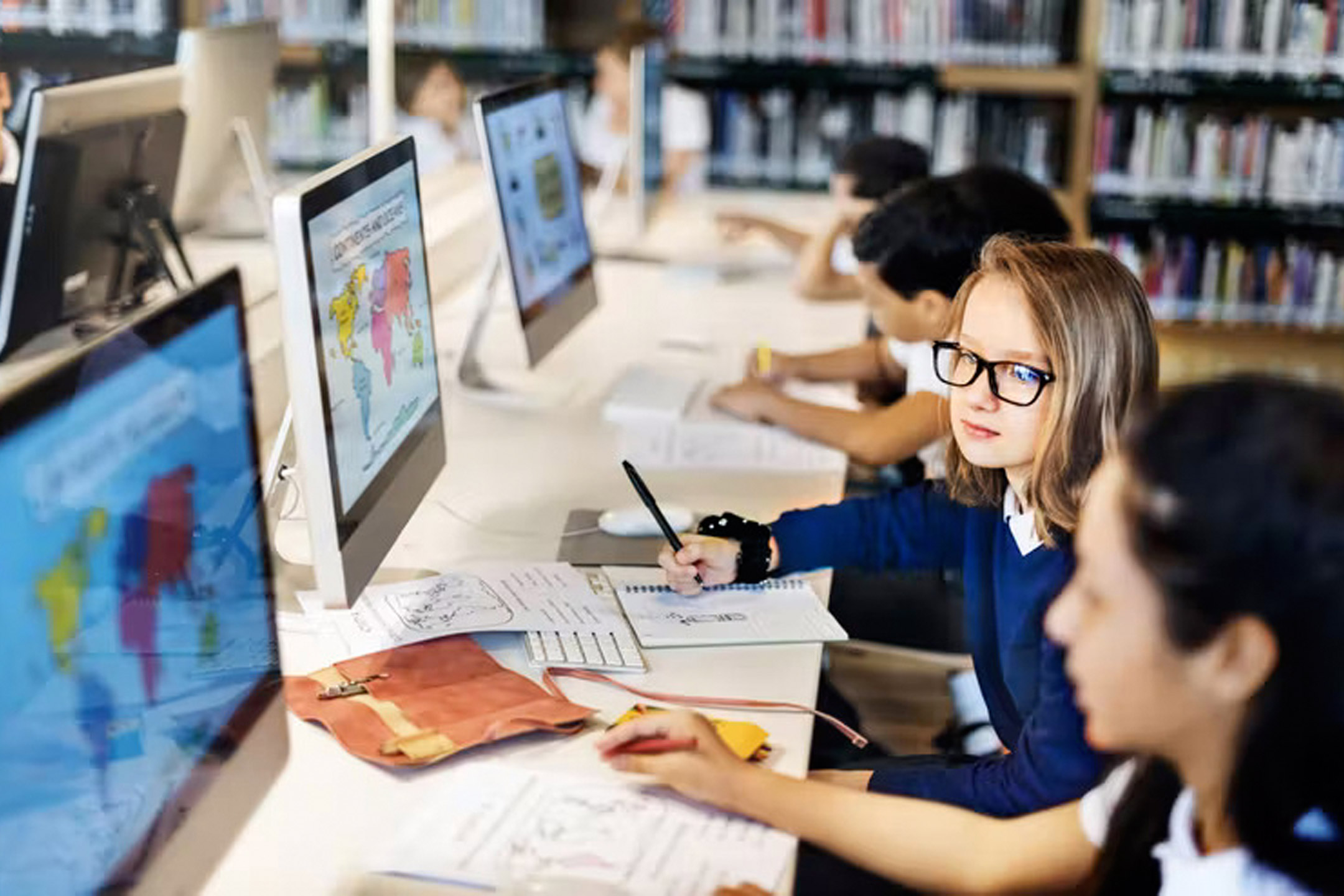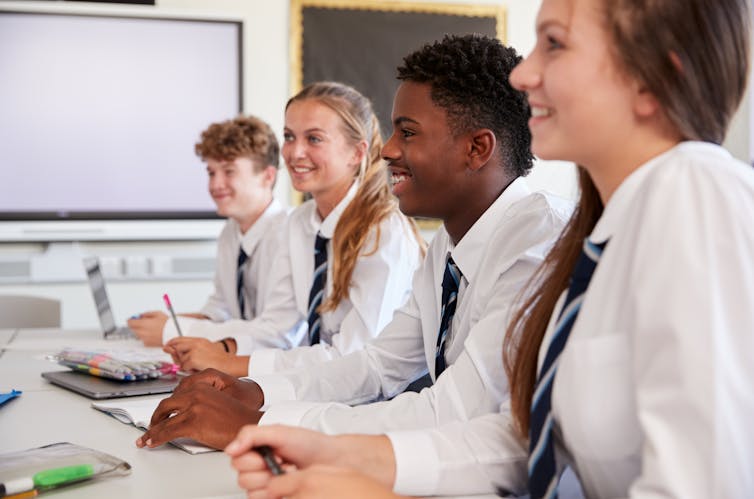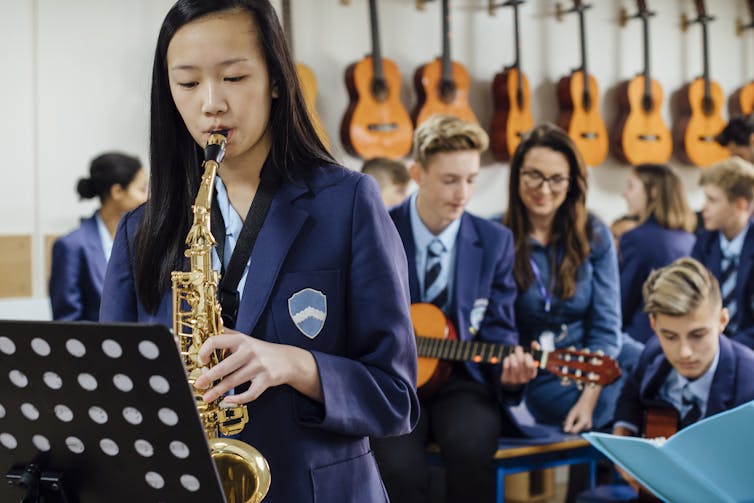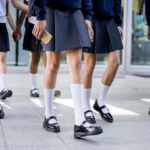
01 May Can you afford a private school?
How much is it really costing parents? Average fees for Year 12 are at least $15,000, report Emma Rowe and Diana Langmead
Recently, updated figures once again showed an increasing number of Australian families are choosing to send their children to private schools.
According to the Australian Bureau of Statistics, just over 63% of Australian students are enrolled in government schools. Almost 20% are in Catholic schools, and almost 17% go to independent schools,
How much is it costing parents?
While headlines often focus on the most expensive schools, there is a huge range of private schools operating in Australia.
In our new analysis, which is not peer-reviewed, we looked at private school fees in New South Wales and Victoria (the two most populous states).

Fees for Year 12
We looked only at independent schools. The non-government school sector is made up of Catholic and independent schools, but Catholic private schools typically charge lower fees, and this can skew the data on the sector.
The tuition fees we refer to are based on what is publicly available through each school’s website.
We collected all available data for Year 12 tuition fees in every independent school in NSW and Victoria in 2021 and 2024. We focused on Year 12, which is typically the most expensive year at school.
- In NSW, we found fee information for 369 schools (77% of independent schools).
- In Victoria, we found fee information for 138 schools (92% of independent schools).

DGLimages/Shutterstock
What is the average tuition fee?
In 2024, the average tuition fee for a Year 12 student in NSW was A$15,674; in Victoria, it was $20,923.
This is in keeping with other analyses showing Victoria is the most expensive state for school fees in Australia.
These figures suggest that while many schools are far from the headlines of “$50,000 fees”, many families still pay substantial amounts for a private education, particularly if they have more than one child.
However, there were significant variations in tuition fees between schools. In NSW, 12% of schools in our sample charged under $5,000 per year per student. In Victoria, 9% charged less than $5,000.
One alternative school in NSW charged just $100 per student per year. This is less than parents typically pay out of their own pocket at the average public school.
This shows us that some cheaper options are available, depending on where families live, although they are certainly not the majority.
At the other end of the sample, Scots College in NSW and Geelong Grammar School in Victoria charged the highest tuition fees in their respective states for 2024. Geelong Grammar charged $49,720 for Year 12, and Scots charged $46,920.
There are other costs
While we only looked at tuition fees, families might also have to pay levies for infrastructure or technology.
Extra charges are also levied for activities such as camps, excursions, and incursions, as well as fees for uniforms, school buses, and special subjects such as music and sport.
For the majority of independent schools, parents are asked to pay to enrol or go on the waiting list. The average application fee in Victoria was $156, and in NSW, it was $197. These fees widely differed between schools, ranging from zero to $650.
How much are fees growing?
Fees keep climbing yearly, and media reports tell us some school fees have already increased for 2025.
Our analysis found that tuition fees in independent schools in Victoria increased by an average of 15% from 2021 to 2024, roughly 3.75% each year. In NSW, fees increased by 13% from 2021 to 2024, or about 3.25% annually.
In media coverage, individual schools have blamed fee increases on inflation, “operational costs”, rising staff costs, and a drop in federal funding.
Will fees keep rising?
In some OECD countries, if private schools receive government funding, there are conditions placed on what they can charge for tuition.
This is not the case in Australia, where the system is unregulated and uncapped.
Unless this policy approach changes, private schools will continue to increase fees as long as there are families willing and able to pay them.![]()
Emma Rowe, Associate Professor in Education, Deakin University and Diana Langmead, Research Fellow, Faculty of Education, The University of Melbourne
This article is republished from The Conversation under a Creative Commons license. Read the original article.



